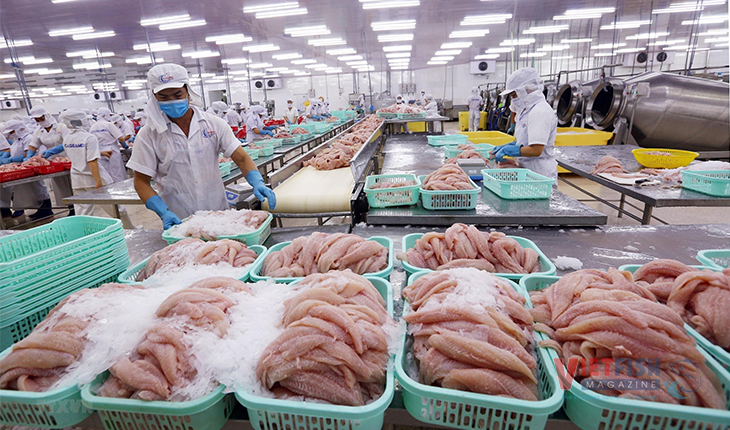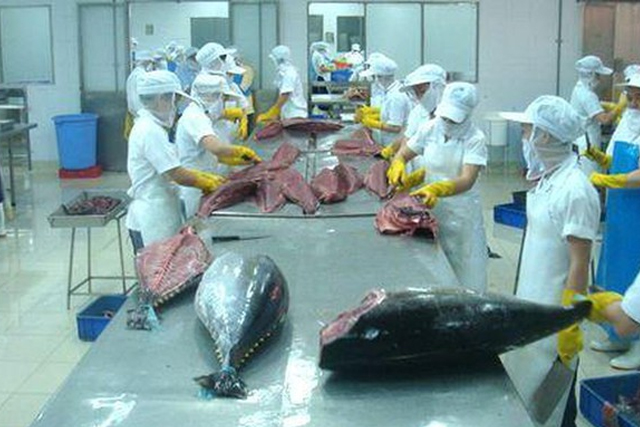Vietnam’s tuna exports rebound in February amid growing regulatory pressure
February 2025 marked both a record-breaking month for Vietnam’s tuna exports and the emergence of new regulatory challenges for the industry.
Impressive recovery in export value
According to data from Vietnam Customs, the country’s tuna exports reached nearly USD 73 million in February 2025, marking a 41% increase compared to the same period last year. This is the highest export value for February recorded in the past five years. Cumulatively, Vietnam earned over USD 139 million from tuna exports in the first two months of 2025, representing a 6% year-on-year growth.

Fresh, frozen, and dried tuna products performed well, with export value rising by 23%. In contrast, processed and canned tuna exports declined by 9%, signaling potential structural challenges in value-added segments.
Most major markets recorded positive growth in February, except for Italy, Israel, and Mexico. Exports to key destinations such as the United States, European Union, Canada, and Japan saw especially strong performance.
New trade barriers on the horizon
Despite the encouraging growth, the tuna sector is bracing for a tough year ahead, particularly in its two largest markets, the EU and the U.S.
The ongoing enforcement of Illegal, Unreported, and Unregulated (IUU) fishing regulations continues to pose a significant obstacle for wild-caught seafood, including tuna. A key issue remains the 0.5-meter minimum size requirement for skipjack tuna under Decree 37/2024/ND-CP, which is limiting raw material supply for many processors. This regulation is seen as a major bottleneck, particularly for the processed and canned tuna segment, which relies heavily on consistent input supply.
In the U.S., the Marine Mammal Protection Act (MMPA) adds further pressure. The law requires seafood-exporting countries to demonstrate that their fishing practices do not harm marine mammals and that their regulatory frameworks are comparable to U.S. standards. Recently, the National Oceanic and Atmospheric Administration (NOAA) issued a preliminary ruling that Vietnam’s systems do not meet equivalency standards. Without corrective action, Vietnam’s seafood could face a ban on exports to the U.S. starting January 1, 2026.
Additionally, the U.S. plans to expand the Seafood Import Monitoring Program (SIMP), which will require importers to provide more detailed documentation—raising compliance costs and administrative burdens for exporters.
A warning signal for Vietnam’s tuna industry
With the U.S. accounting for a significant share of Vietnam’s tuna export revenue, the MMPA and SIMP regulations could have serious implications—not only for business performance but also for the reputation and competitive standing of Vietnam’s seafood sector in the global market.
To navigate these challenges, the industry will require strong support from government authorities and regulatory agencies. Key priorities include improving the legal framework, enhancing monitoring capabilities, and supporting fishermen in aligning with international standards.
VFM






